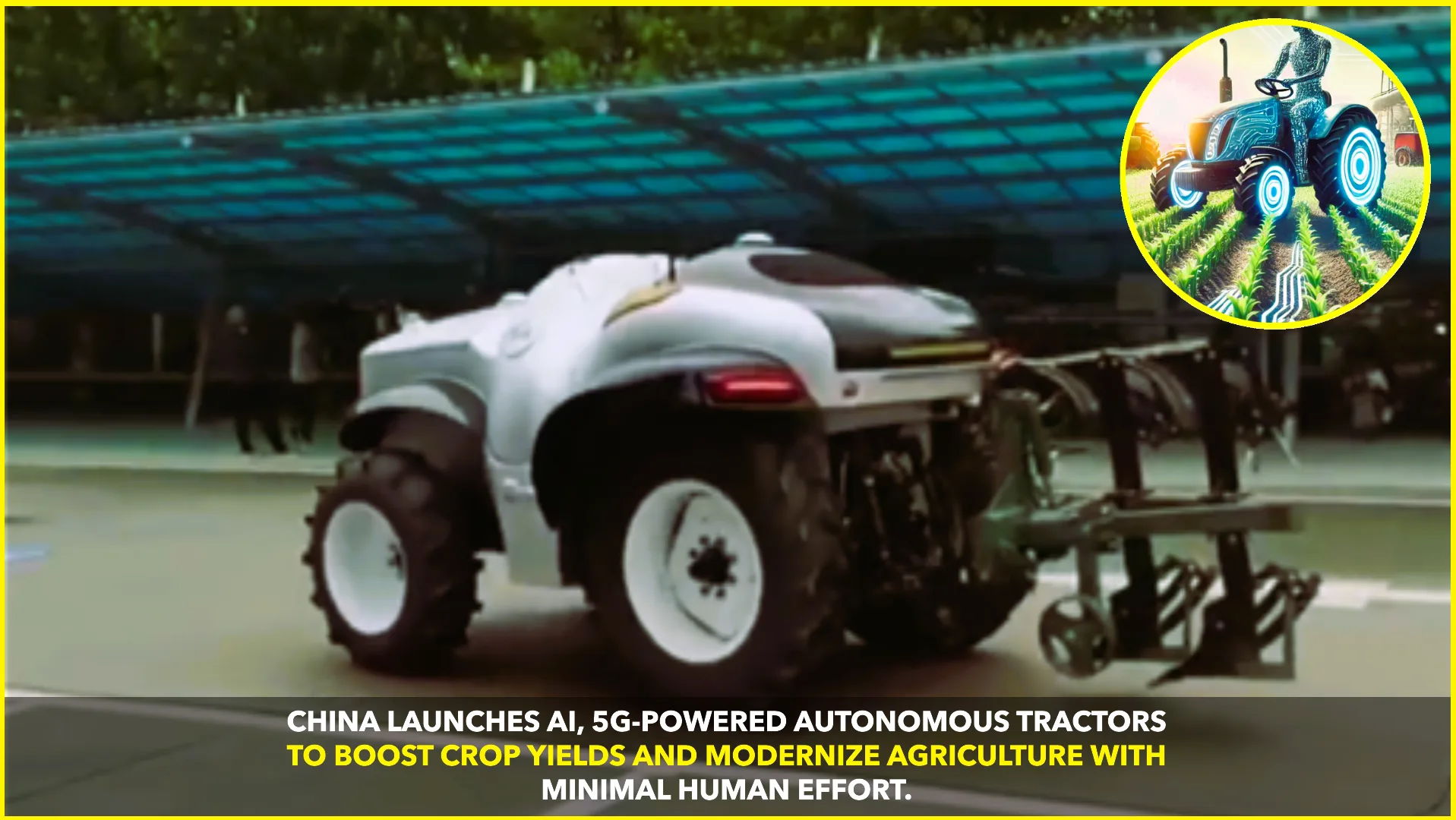In a significant move towards transforming its agricultural sector, China has unveiled a new generation of autonomous tractors powered by artificial intelligence (AI), 5G technology, and satellite navigation systems. These high-tech farming machines are designed to carry out core agricultural tasks like plowing, seeding, and harvesting with minimal human input, representing a leap forward in China’s mission to modernize farming practices.
The deployment of these smart tractors is part of the Chinese government’s broader strategy to boost productivity in rural areas, enhance food security, and tackle labor shortages in the agricultural workforce. With an aging rural population and a growing demand for food, especially in the face of climate change and urbanization, China is turning to precision farming technologies to ensure long-term sustainability.
According to a report from China Daily, the Ministry of Agriculture and Rural Affairs has partnered with tech firms and machinery manufacturers to develop and test these AI-powered machines in various pilot zones across the country. The tractors are equipped with sensors, real-time data processing units, and high-resolution imaging tools, enabling them to operate with enhanced accuracy and minimal supervision.
“The integration of 5G and AI into agricultural machinery allows for real-time decision-making and remote operation, which significantly reduces the need for human labor,” said Zhang Yujun, a senior engineer at YTO Group Corporation, one of China’s leading agricultural equipment manufacturers. “These tractors can follow satellite-guided routes with a margin of error less than 2 centimeters, making precision planting and harvesting more efficient than ever before.”
Experts highlight that these developments are not just about convenience but are crucial for improving the overall yield and quality of crops. The smart tractors can analyze soil conditions, monitor crop health, and adjust their operations accordingly. With AI learning capabilities, they become smarter over time, adapting to various terrains and seasonal variations.
The push toward smart farming is also closely aligned with China’s digital rural development agenda. The government has set targets under the 14th Five-Year Plan to build “digital villages” and increase the adoption of smart technologies in agriculture. By leveraging AI, big data, and the Internet of Things (IoT), China aims to bridge the urban-rural digital divide and foster innovation at the grassroots level.
The Chinese Academy of Agricultural Sciences (CAAS) recently stated that the smart machinery pilot programs have already resulted in a 15% increase in planting accuracy and a 20% reduction in fuel consumption. These improvements not only contribute to economic savings for farmers but also reduce the environmental footprint of farming operations.
Furthermore, China’s commitment to high-tech agriculture signals its growing ambition in the global agri-tech race. As other major economies also invest in autonomous farming, China is positioning itself as a leader by combining its strengths in AI, telecommunications, and manufacturing. This could also open up opportunities for exporting smart agricultural equipment to developing nations facing similar labor and food security challenges.
While the technology is still in the early stages of mass deployment, government officials have indicated plans to scale production and expand adoption in key agricultural regions such as Heilongjiang, Shandong, and Henan provinces.
In the long run, the success of autonomous tractors may set the stage for fully automated farms, changing the face of agriculture not just in China, but around the world.










